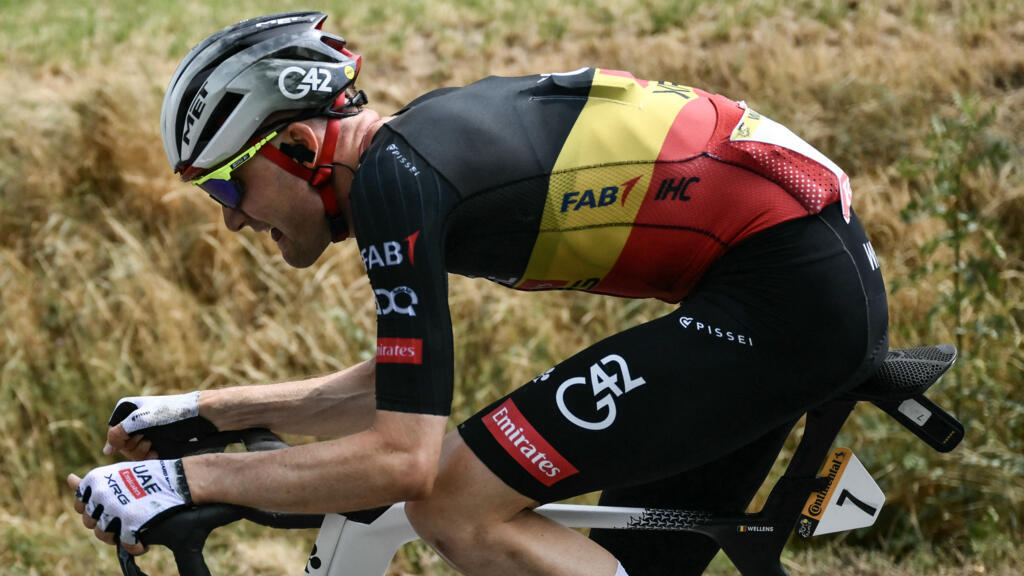A year later, a re -respected Women’s Africa Cup of Nations (Wafcon) is going on in Morocco. The tournament sees some of the world’s best players fighting for glory, but as players and nations emerge, the family problem is that there is a threat to prevent the tournament from reaching its entire capacity.
Not a traditional powerhouse, the Moroccan continent is becoming the emerging subclass of women’s football on the continent. Thanks to any competitive bids and some best stadiums in Africa, the Morocco has become a stable and safe option for the Confederation of African Football (CAF) for hosting the tournament. After hosting in 2022, they are hosting this time again. They are ready to host in 2026.
The recent investment in women’s game in Morocco is clearly moving forward. The women’s team unexpectedly reached the World Cup knockout stage in 2023 and developed star players like Captain and Legend Gheejlen Chebbak, who in this year’s Group Stage of Vafcon of the year. Hats trick was created against the Congo. Under George Wilda, who was dismissed as a Spain coach, Luis Rubials, the former federation president after the 2023 scam, was daring to challenge the Esseled Football forces of Morocco Nigeria and South Africa. They have the ability to give permanent cultural changes in both North Africa and the rest of the continent.
Nigerian superstar Asisat Oshola, Zambia’s striking pair of Barbara Banda and Rachial Kundananji and South Africa’s head coach Desri Ellis, are just Smet named Star-Staded, which makes the tournament one of the most complicated ever.
Family problem in sports
The tournament is the hero of the off-field decisions reaching their full potential. As a result of the delay, scheduling for the tournament only in the end of May, except for the euro somewhat in the last minute. In addition, men are being renovated for men’s tournaments with three stadiums in Morocco, now three small grounds are being used, affecting the appearance number.
“We don’t celebrate this team enough,” Alice said about her players before her early game. “It needs to be replaced because many of them are not full -time professionals; this is what makes it the most difficult part.”
Beyond alternative recognition that many of these teams are worth, there is a question of proper financial compensation. The construction of South Africa’s tournament has been interrupted by financial issues, with the report that players were not training and sponsors were not secured. An agreement has been signed since an agreement with the players, but the frustration of the team is one that is sad that many other nations competing in this summer will be probably related.
“Women in the game, in general, are survived,” Ellis said.
Still widespread
The prize money on the proposal is a controversial issue.
On its face, the CAF announced that the award funds for this year’s Wafcon have increased by 45%, which is now receiving € 853,000 ($ 1 million) with the winners. But this is not only less than the winners of the other two women competitions in this summer – Euro (€ 1.75 million) and Copa America Femenina (€ 1.3 million). It is worth noting that the Euro total prize money is 156% from the final version. As is often for the tournament of most women, the pot is much smaller than the men’s version. While € 853,000 is clearly a step in the right direction for this year’s Wafcon winners, it still got € 6 million senegal men to win Afcon AFcon in 2023.
This pay gap is against an issue in women’s game, which is to struggle with many players of this year’s Wafcon. As FIFA’s annual report on women’s football in March this year revealed, sustainable income remains alternative to men in professional sports. In the report, FIFA highlighted that the global average annual salary for a woman playing professional football is € 9.952 ($ 10,900). The players of the teams given Tier 1 designation were at an average salary of € 20.492, but in Animal 2 and 3 clubs the average of those people respectively € 3.719 and € 2.392 respectively. While many of this year’s Wafcon play their club football in Europe, only a handful of games in the top outfits. For example, NWSL (Top Women’s League in USA) or WSL (Top Women’s League in England) and most of South Africa play only 10 sports domestic in Botswana and Tanzania Squad.
Despite the small crowd, the lack of adequate promotion and unique conflicts of each nation, this year’s Wafcon is already the best being the best. But, as women’s football continues to grow in Africa, Hurdles – both globally and nationally – still hold women back into professional football.
Edited by: Chak Penfol


